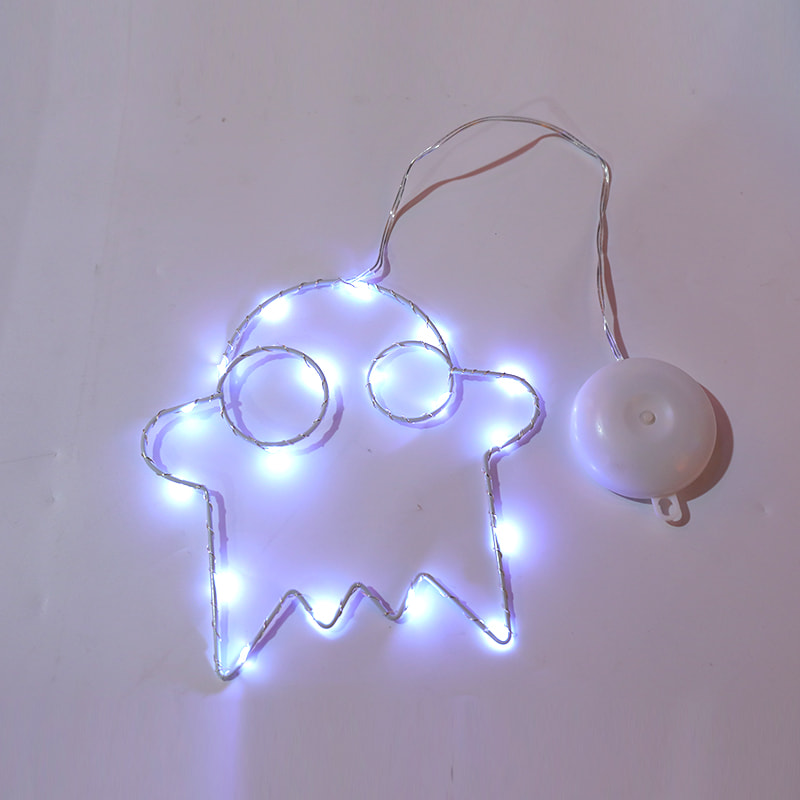Shuangzhai Industrial Zone, Dongcheng Town, Linhai City, Zhejiang, China.
The lighting industry is undergoing a significant transformation, and at the heart of this shift is the rise of the LED neon light. Once known primarily for its decorative value, the LED neon light has evolved into a highly adaptable, energy-efficient solution for residential, commercial, and industrial applications. As global interest in sustainability and creative lighting design grows, this technology is capturing the attention of designers, architects, and consumers alike.
Unlike traditional glass neon tubes that use inert gases and high voltage, the LED neon light utilizes flexible silicone or PVC housing with embedded LED chips. This innovation offers numerous advantages: it's safer, more durable, cost-effective, and easier to install. These benefits have led to a significant uptick in demand, especially in sectors like hospitality, retail, automotive, and public art installations, where design impact and energy savings are both critical.
The LED neon light has quickly become the go-to choice for branding and signage. Retail stores, restaurants, and event venues increasingly use custom LED neon light designs to create eye-catching logos and ambient backdrops. With its vivid color rendering and customizable shapes, the LED neon light allows businesses to stand out in a crowded visual landscape. Additionally, its low heat output and long service life reduce maintenance concerns, making it a practical and aesthetic investment.
Residential use of LED neon light is also on the rise. Homeowners and interior designers are incorporating these lights into modern home décor—from bedroom wall art and ceiling outlines to staircase lighting and kitchen accents. The flexible design and dimming capability of LED neon light products allow for mood lighting that adds personality without overwhelming a space. The shift toward smart home integration has further boosted its appeal, with many LED neon light options now compatible with voice control and mobile apps.

Environmental concerns are another major driver of the LED neon light boom. Traditional neon lights contain harmful gases and are difficult to recycle, while LED neon light products are non-toxic and energy-efficient, consuming up to 80% less energy. This makes them an attractive choice for eco-conscious consumers and organizations seeking to meet green building certifications or lower their carbon footprint. As global regulations tighten around energy usage and sustainability, the LED neon light is becoming a preferred alternative.
In the entertainment and event industry, the LED neon light has proven its value by delivering vibrant effects with minimal logistical hassle. Film sets, stage productions, and music festivals often require lighting that is both dynamic and easy to manipulate. Thanks to its flexibility and low-voltage operation, LED neon light strips can be installed quickly, reconfigured easily, and safely operated in a variety of environments. This agility is essential for fast-paced production schedules and frequent design changes.
Manufacturers are responding to demand with a wide variety of LED neon light products, including RGB variants, waterproof models for outdoor use, and ultra-thin strips for intricate detailing. Product innovation is driving competition and lowering prices, making LED neon light more accessible across market segments. Customization options are also expanding, allowing clients to choose from different color temperatures, brightness levels, and mounting methods to suit their specific needs.
Another notable trend is the use of LED neon light in urban revitalization projects. City planners and public art advocates are embracing this lighting technology to enhance cityscapes and improve nighttime visibility. Murals, parks, and public squares are now often illuminated with LED neon light, creating vibrant, safe spaces that invite community interaction and tourism. Its weather-resistant properties and low maintenance make it ideal for long-term outdoor installations.
As the global smart lighting market continues to expand, LED neon light is expected to play a key role in connected lighting systems. Future innovations may include motion sensors, color-changing algorithms based on time of day, and integration with IoT ecosystems. The LED neon light is no longer just a trend; it’s a platform for continuous innovation and a symbol of how technology and art can merge seamlessly.
The LED neon light is transforming the way we illuminate our environments. From commercial branding to cozy home décor and smart city infrastructure, its versatility and efficiency make it a standout solution in today’s lighting market. With consumer interest and technological advancement continuing to grow, the LED neon light is set to remain a dynamic force shaping the future of the industry.